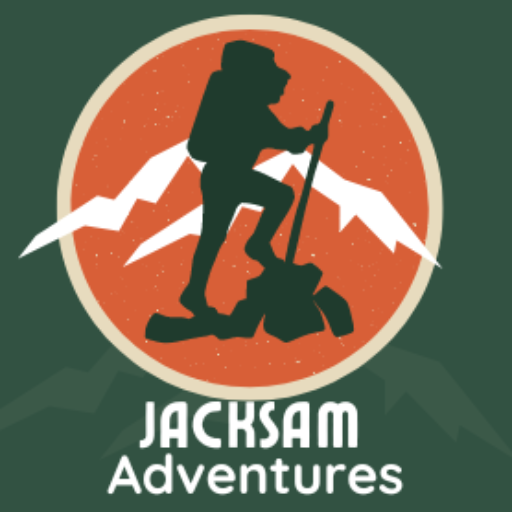Often called ‘Africa’s Eden’ and the ‘8th Natural Wonder of the World, a land of the Maasai, of their cattle and of the fauna. This protected area is located in the Great Rift Valley, gigantic fracture of the earth’s crust. Volcanoes, mountains, plains, lakes, forests and archaeological sites form this magnificent landscape. At 1600 meters altitude, the bottom of the crater (265km km2) dotted with water holes shelters almost 30,000 animals in an area naturally enclosed by the slopes of the volcano. The area also includes its eponymous famous crater, Olduvai Gorge, and huge expanses of highland plains, scrub bush, and forests. Olduvai Gorge is where the Leakeys discovered the hominoid remains of a 1.8 million year old skeleton of Australopithecus boisei, one of the distinct links of the human evolutionary chain. Evacuated fossils show that the area is one of the oldest sites of hominoid habitation in the world.
Since most of the Crater floor is grassland, grazing animals predominate: gnu, zebra, gazelles, buffalo, eland, kongoni and warthogs. The swamp and forests provide additional resources for hippos, endangered black rhinos, elephants, waterbucks, reedbucks and bushbucks, baboons and vervets .The steep inner slopes provide a habitat for dikdiks and the rare mountain reedbuck. With so many prey animals’ predators such as lions, hyenas and jackals are also present. Birds commonly found in this area re Stonechat, Augur Buzzards, Schalow’s Wheatear, Fiscals Shrike, white Verreaux’s Eagle and more.
Area – 8,288 km2
Getting there: By charter or scheduled flight from Arusha to Manyara and road transfer to Ngorongoro or by road from Arusha or Manyara






